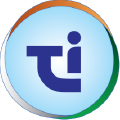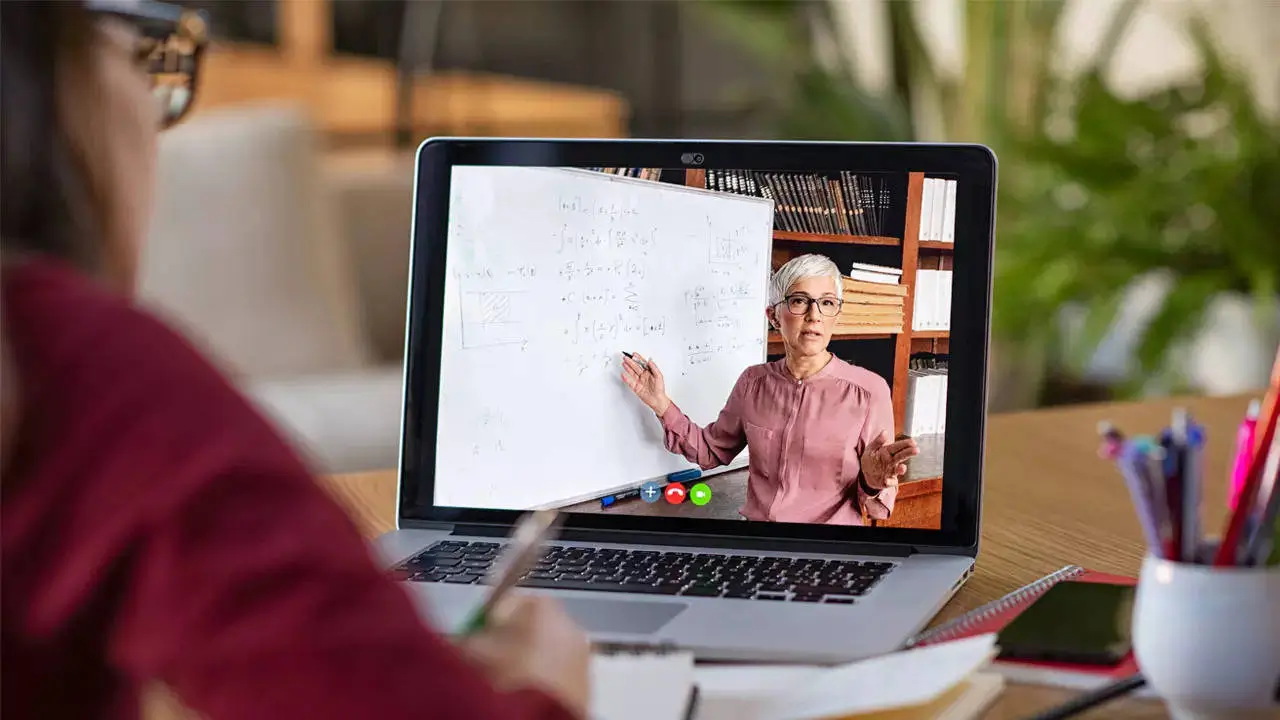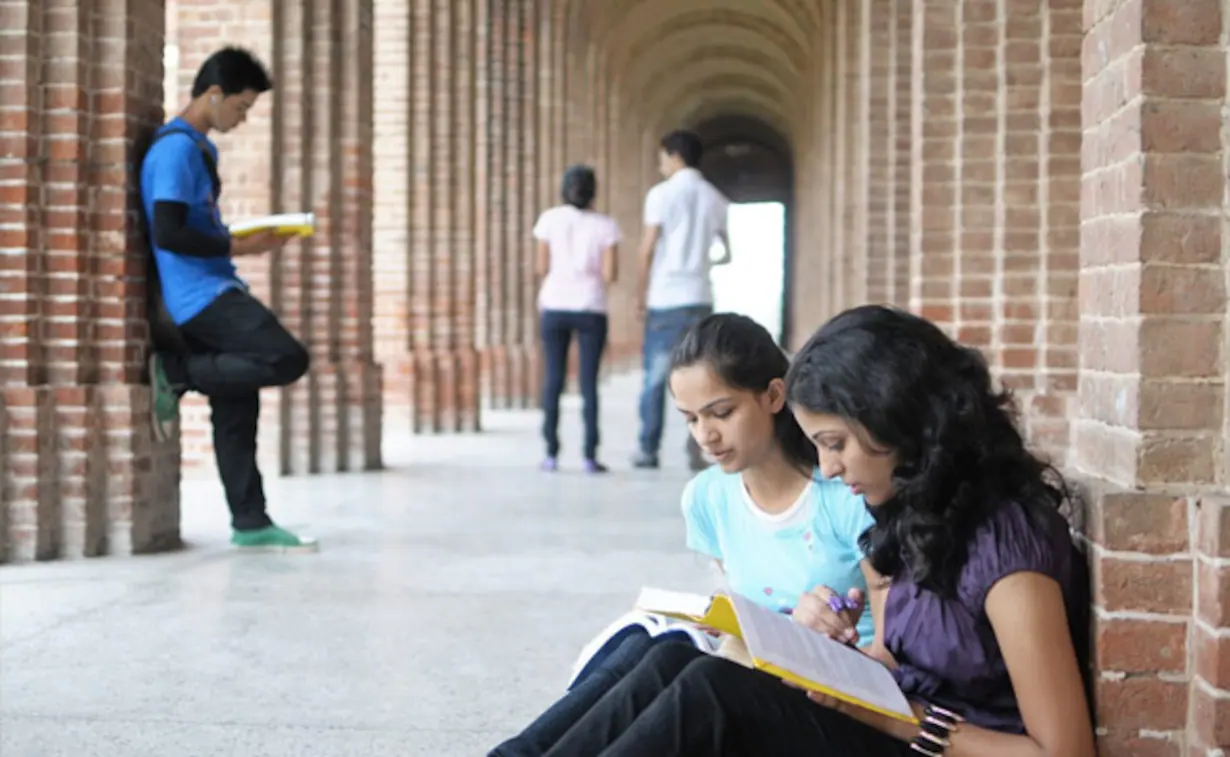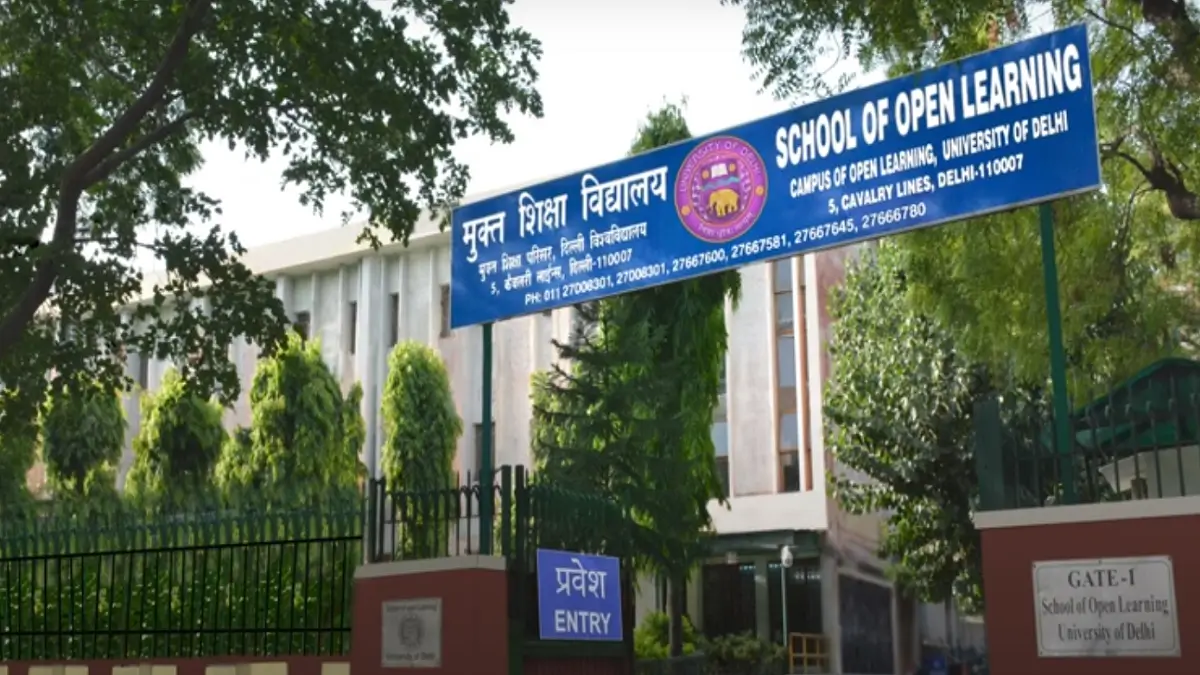
The United Indian

In today's dynamic world, education is no longer limited to the four walls of a classroom. With the advancement of technology and changing learning methods, students now have a myriad of options for pursuing their academic objectives. This blog digs into three important educational pathways: regular, open and distance learning, examining their differences and assisting you in selecting the mode that best meets your needs.
Regular Learning: The Traditional Classroom Experience
Regular learning, also known as traditional learning, is the established method where students attend physical classes at a designated institution. This format fosters a structured learning environment with face-to-face interaction between teachers and students.
Advantages:
- Structured Learning Environment: Regular classes provide a clear schedule and routine, which can be beneficial for students who thrive on structure.
- Teacher Interaction: The opportunity for direct interaction with teachers allows for immediate clarification of doubts and personalized guidance.
- Collaborative Learning: Group discussions, projects, and in-class activities enable students to develop teamwork and communication skills.
- Social Interaction: The classroom setting fosters social interaction and friendships with peers, contributing to a well-rounded educational experience.
Disadvantages:
- Limited Flexibility: Regular learning often requires fixed timings and attendance, making it challenging for working professionals or those with geographic constraints.
- Commute Time: Commuting to and from the institution can eat into valuable study time.
- Standardized Pace: The curriculum progresses at a set pace, which might not cater to individual learning styles or speeds.
- Limited Course Options: The selection of courses might be restricted to those offered by the specific institution.
Distance Learning: Education on Your Terms
Distance learning, also referred to as online learning, leverages technology to deliver educational content remotely. Students can access course materials, lectures, and assessments through virtual platforms, offering greater flexibility in terms of time and location. Both open and distance learning offer students the freedom to pursue hobbies or skill based career opportunities along with attaining an academic degree.
Advantages:
-
- Flexibility: Distance learning allows students to study at their own pace, from anywhere with an internet connection. This is ideal for working professionals, individuals with disabilities, or those residing in remote locations.
- Accessibility: Online courses can be more affordable compared to traditional programs, with reduced commuting costs and potential scholarship opportunities.
- Diverse Course Selection: Distance learning broadens the horizon of educational options, allowing students to pursue courses offered by institutions across the globe.
- Self-Paced Learning: Students can adjust their learning pace to suit their needs, revisiting lectures or completing assignments according to their schedule.
Disadvantages:
-
- Limited Interaction: The lack of face-to-face interaction can hinder the development of interpersonal skills and real-time problem-solving abilities.
- Self-Discipline Required: Distance learning demands a high degree of self-discipline and time management skills to stay focused and complete coursework independently.
- Technological Dependence: Reliable internet access and technical capabilities are essential for successful online learning.
- Reduced Socialization: The virtual nature of the program might limit opportunities for social interaction and building connections with classmates.
Open Learning: Breaking the Mold
Open learning offers a highly flexible and student-centric approach to education. It provides a structured curriculum with open access to learning materials, often delivered through a combination of self-study, occasional face-to-face sessions, and online resources.
• Advantages:
-
- Maximum Flexibility: Open learning offers the most flexibility, allowing students to tailor their learning path to their individual needs and schedules.
-
- Independent Learning: This method fosters independent learning skills, encouraging students to take ownership of their educational journey.
-
- Diverse Resources: Open learning programs often provide access to a wide range of learning materials, including textbooks, online resources, and multimedia content.
-
- Credit Transfer: Credits earned through open learning programs can sometimes be transferred to traditional institutions, providing greater academic mobility.
Disadvantages:
-
- High Level of Self-Discipline: Open learning demands a significant amount of self-motivation and discipline to stay on track and complete the program independently.
-
- Limited Interaction: Similar to distance learning, interaction with instructors and peers might be limited, potentially hindering the development of social and communication skills.
-
- Less Structured Approach: The lack of a rigid schedule might pose a challenge for students who thrive on structure and clear deadlines.
-
- Acceptance of Credits: Not all traditional institutions accept credits from open learning programs.
Choosing the Right Path: A Matter of Individual Needs
• Learning Style: Do you thrive on in-person interaction and a structured environment (regular learning), prefer independent study with flexibility (distance learning), or excel with a self-directed and less structured approach (open learning)?
• Time Commitment: Can you dedicate fixed timings for classroom attendance (regular learning), manage your schedule for online learning, or handle the independent nature of open learning?
• Location: Are you geographically restricted, requiring the flexibility of distance learning, or open to attending a physical institution?
• Learning Goals: Are you pursuing a specific degree requiring a traditional setting, seeking to upskill for career advancement (distance learning might be suitable), or looking for a broader learning experience (open learning could be a good fit)? So think before you choose between regular, open and distant learning.
• Social Interaction: How important is face-to-face interaction with classmates and instructors for your learning experience?
• Self-Discipline: Can you effectively manage your time and stay motivated to complete coursework independently (distance and open learning)?
The Blended Approach: A Fusion of Learning Styles
In today's evolving educational landscape, a growing trend is the blended learning approach. This method combines elements of regular, open and distance learning, catering to diverse learning styles and offering a more holistic educational experience. Blended learning programs might involve attending occasional in-person workshops or seminars alongside online modules and self-study components.
The Future of Education: Lifelong Learning
Regardless of the mode you choose, education is no longer confined to a specific age or stage in life. In today's knowledge-driven economy, lifelong learning is key to professional success and personal growth. With the increasing availability of online courses, open educational resources, and flexible learning options, the pursuit of knowledge is becoming more accessible than ever before.
Conclusion
Regular, open and distance learning each offer unique advantages and considerations. By understanding your individual needs and learning style, you can make an informed decision about the educational path that best suits you. Remember, the ideal approach might not be a fixed one; consider exploring blended learning options that combine different styles for a well-rounded educational experience. Embrace the power of education unbound, and embark on a lifelong journey of learning and growth.
Read more in Recent Events
Jul 23, 2024
TUI Staff
Jul 04, 2024
TUI Staff

Stay Tuned with The United Indian!
Our news blog is dedicated to sharing valuable and pertinent content for Indian citizens. Our blog news covering a wide range of categories including technology, environment, government & economy ensures that you stay informed about the topics that matter most. Follow The United Indian to never miss out on the latest trending news in India.
©The United Indian 2023















